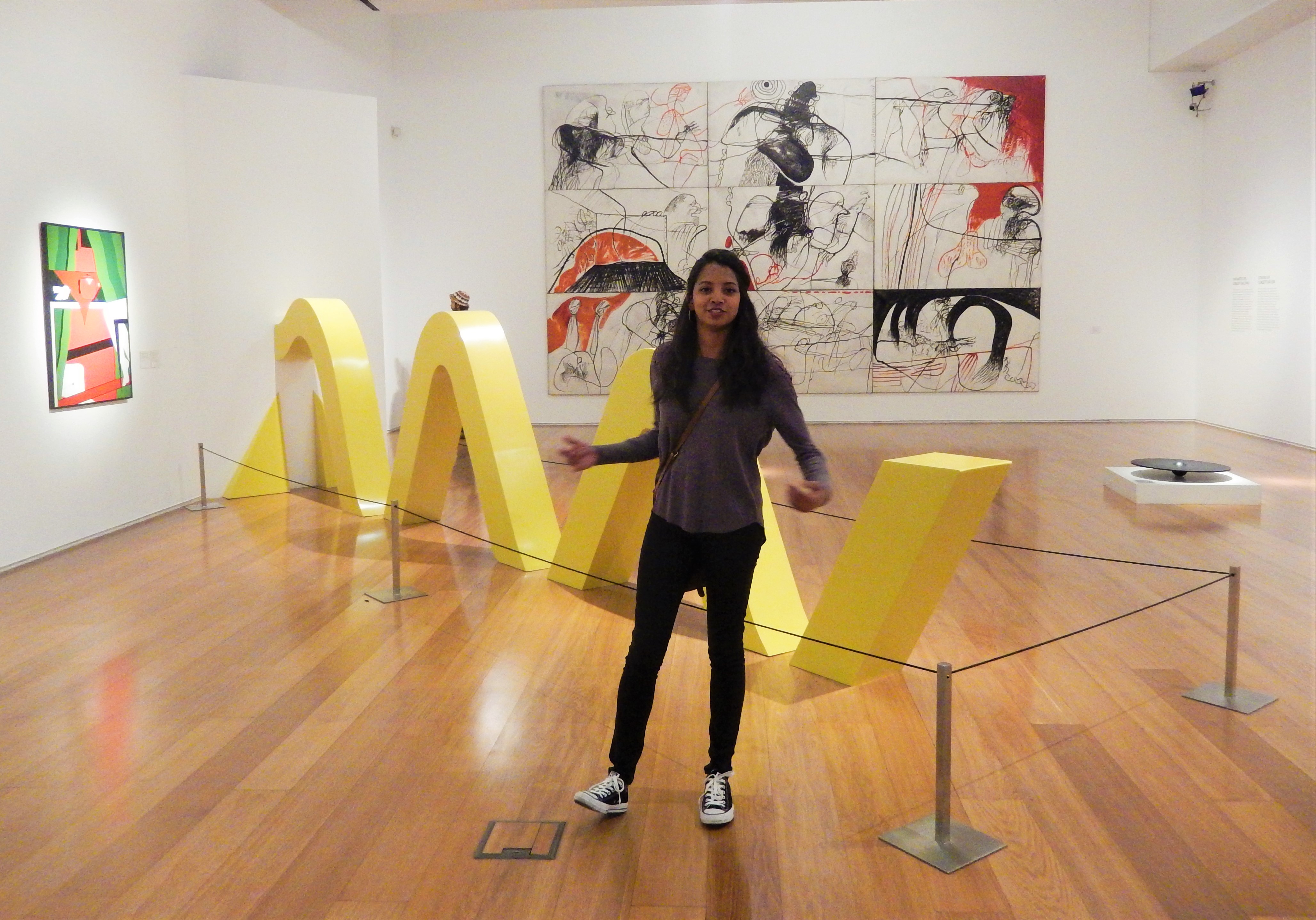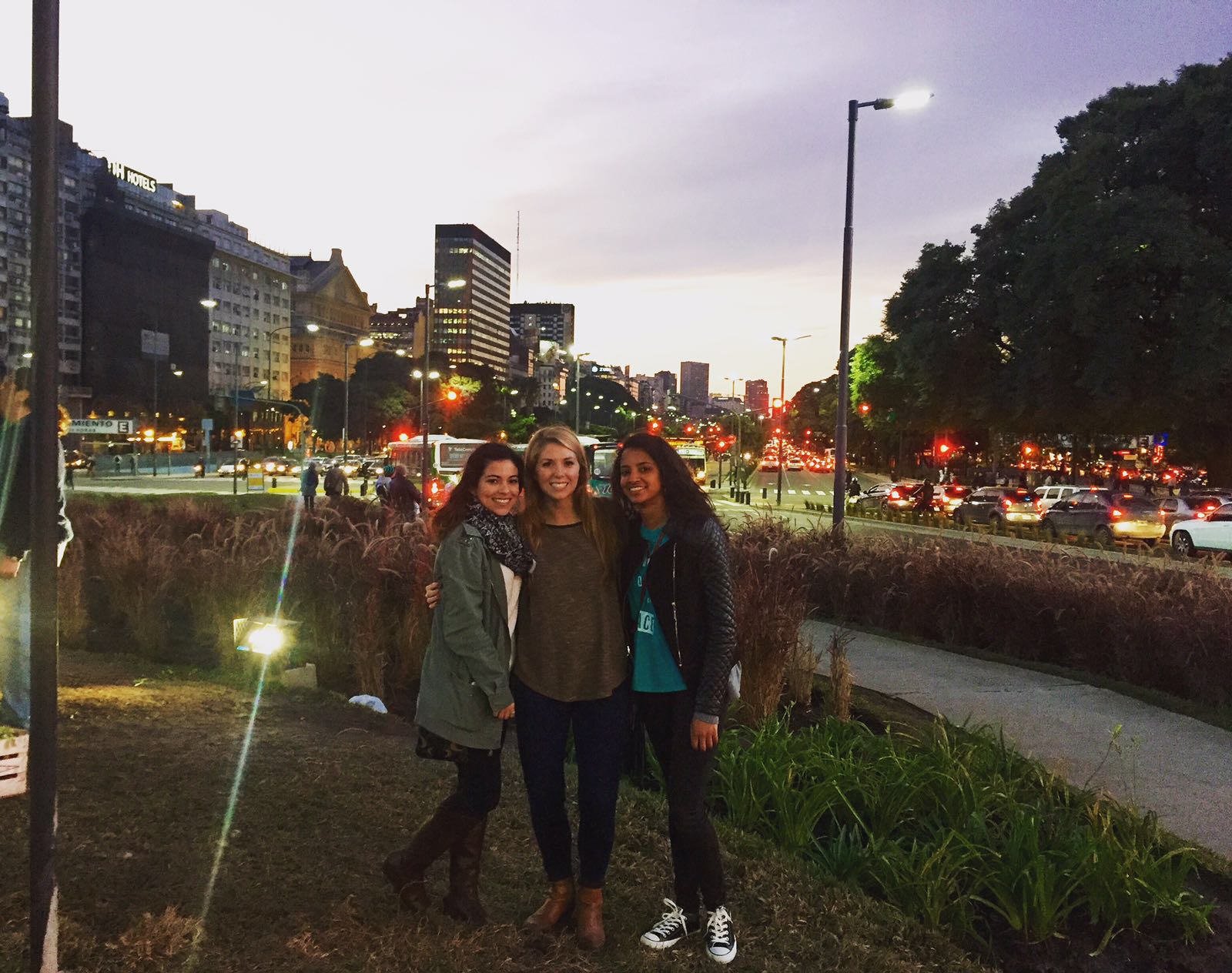Last week was my first one at ‘La Universidad de Belgrano’. Classes started on Monday after a two-hour orientation. I was placed into the Advanced Level and the first day, it felt like it was a jump from Intermediate II (the last class I took at Notre Dame), but it’s getting easier. We have classes for 5 hours everyday from Monday to Friday. It’s intense. There’s only 5 people at the Advanced Level, so Prof Yael makes all of us talk, which is great! Class is usually reading texts and answering questions about history, culture and art, working on some vocab, and doing advanced grammar. We really go into the technicalities of the language, which I surprisingly enjoy.
I’d also like to use this post as an erratum to my previous one, with respect to the accent here. Basically, the sh replaces the y sound here, i.e. whenever there’s ll, y and j in foreign words only. For example, they would pronounce mayo (May) as masho, ella (she) as esha and jazz as shazz. Argentines also have a tendency to not pronounce ‘s’ in the middle of a word or a sentence. They call it aspiración de la ‘s’ (aspiration of the ‘s’).
We also went over the differences between Spanish spoken here and in other countries. It turns out Argentina has a lot of different words for stuff, like frutilla for strawberry (instead of fresa) or palta for avocado (instead of aguacate). Most of them have to do with food.
Another big difference here that I mentioned in my previous post is the use of ‘vos’ instead of ‘tú’. ‘Vos’ is conjugated exactly like ‘tú’ except for the Present Indicative and Imperative. I also read a couple things about this and talked to some local people and found really interesting that the conjugation of ‘vos’ is not taught in school. Kids learn how to conjugate ‘tú’ and ‘vosotros’, but in everyday conversation only use ‘vos’ and ‘ustedes’.
Additionally, Argentines use a lot of slang and abbreviations when they talk. Now that I know a lot of them, it’s easier to hold conversations with the locals. My roommates and I often find ourselves practising ‘sobremesa’ after dinner. ‘Sobremesa’ is probably my favourite Spanish word to this day and describes conversation that people have at the table after a meal. It is very common here to spend hours at the dinner table talking even after all the food is gone. It’s also a very good a way to practise speaking!
Culture-wise, I had the chance to go to a Milonga last Wednesday night. A milonga is a place to which locals go to meet people and dance tango. Although it was mostly older people, I thought it was really fun! Also, tango looks really hard.
I took a trip to MALBA (El Museo de Arte Latinoamericano de Buenos Aires), where I saw works of famous artists like Diego Rivera, Frida Kahlo, Fernando Botero, among others.
A highlight of this past week is that my roommates and I got better at navigating the city, taking the bondí (slang for bus), the subte (metro) and the train.
I already have my first exam at the end of this week. Hopefully it goes well.
¡Deseame buena suerte!

